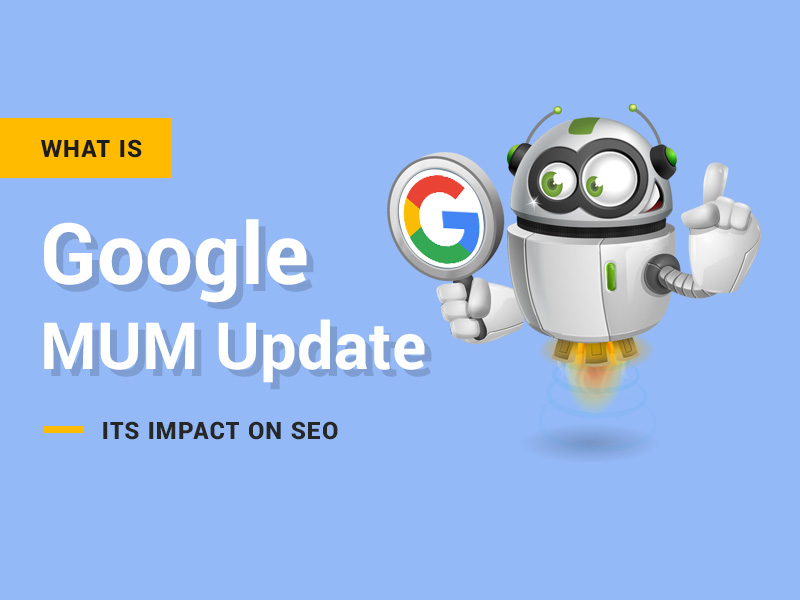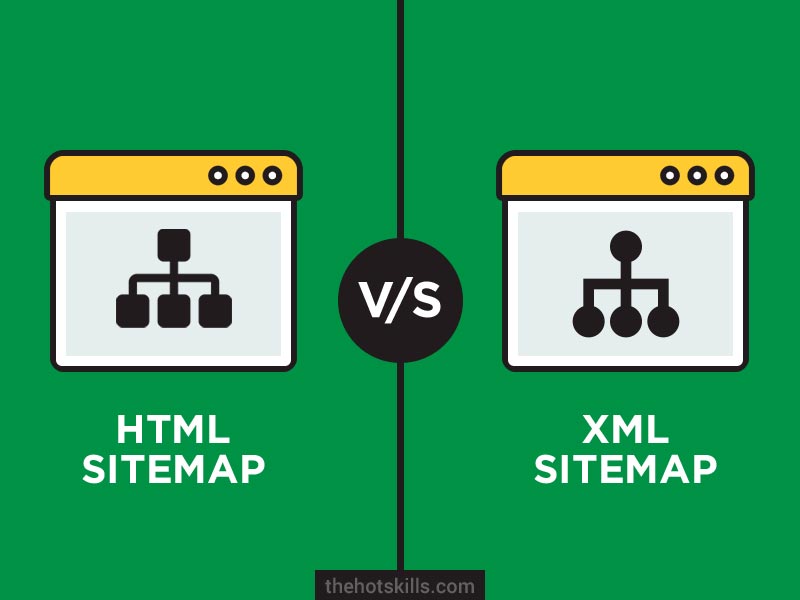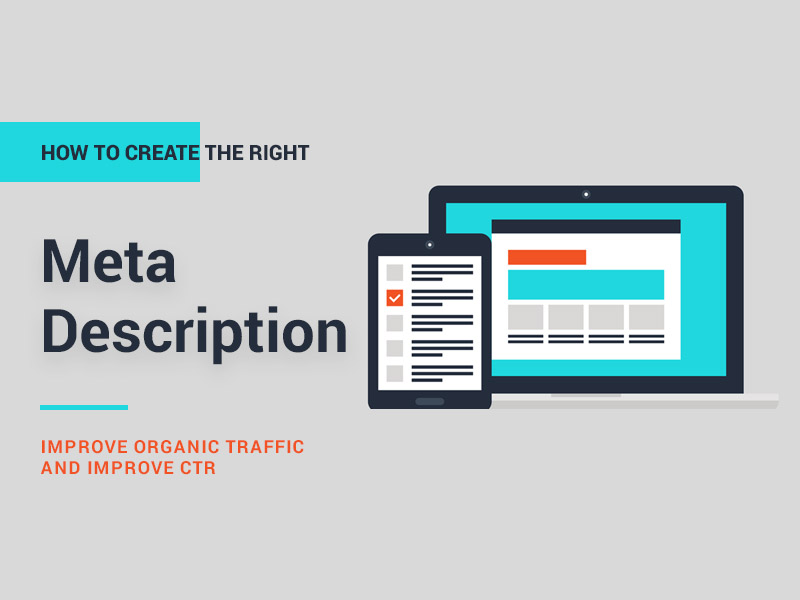Google announced its MUM update in May 2021 which is set to reshape SEO strategy in 2022 and beyond. The update is focused on improving search results and giving users the best possible outcomes through artificial intelligence. Google has updated its search engine algorithms in order to improve the results that users see when searching on the internet.
This change affects how Google ranks websites in its search results, and it is hoped that this will enhance user satisfaction with the results. The company releases several algorithm updates each year to address bugs, better user involvement, and to improve the quality of the results of a particular query. However, Google’s other updates are different than the MUM.
What is the MUM update?
Multitasking Unified Model, or MUM, is a new Google search technology that allows users to carry out multiple tasks at the same time. According to Google, MUM supports AI and natural language understanding, managing and answering complex search inquiries with multimodal numbers. This technology can understand statistics from multiple media formats to answer user queries.
Additionally, it can understand images, videos, and audio files to better address user needs. In short, MUM is a new algorithm that uses AI to help find relevant content for user queries in different languages and media types. The purpose of this technology is to provide a comprehensive and detailed answer to each search query while eliminating the need for multiple searches or refine your search. The company is working to improve communication across different media, which will make the user experience better.
How it works?
MUM was introduced as a 1000x efficient evolution of BERT. Although both technologies are based on natural language processing, MUM focuses on various aspects of search to help improve the results to match the user’s intent. The MUM uses a variety of technologies to make search more semiotic and context-based.
It can understand up to 75 languages simultaneously, providing a deep understanding of the world knowledge. Updates in the past have been able to produce accurate translations between different language models. MUM can process and interpret information from text, images, audio, and videos. This makes it well-suited for wider searches.
From search engine to domain expert
Apparently, existing search engines are good for helping users navigate and search for information, but they don’t always provide the exact information users need. When users have information needs, they want to contact domain experts, but they usually have to use information retrieval systems such as search engines.
Search engines cannot accurately answer information requirements, but instead provide answer suggestions. Google’s new update makes their search engine into a more knowledgeable expert than the existing question-answering systems. This domain expert is very skilled at handling multiple tasks and languages, so it will be able to answer any queries quickly and effectively.
How search results will look like after MUM
MUM’s goal is to provide users with accurate and comprehensive search results, as well as more information on a single page on a search engine results page (SERP). After MUM, your search results will look much more sorted and precise. Google Lens now has new search options that allow you to take a picture and ask a question about its contents.
Certain query types, including searching for inspiration, ideas, and apparel, will prompt universal blocks of images in results. MUM will determine when to show the visual search engine result page (VSRP) and which images to include from the ranked pages. The new upgrade will allow the search engine to analyze videos more deeply and identify topics that are related to different parts of the video.
The search engine has added a new feature called “Things to know” as an advanced recommendation system similar to the “People also ask” feature. This feature will help refine your search and improve your knowledge of the topic.
Moreover, it will reduce the traditional search results to make the top of the SERP more attractive, which in turn will help make the concept of ranking and SERP positions meaningless by focusing largely on the query context, which means that exactly two people using the same query may get two different types of SERPs.
How to calibrate your SEO campaign after MUM?
There is no need to make drastic changes to your SEO strategy after the MUM update. However, an SEO agency should not give up on classic SEO. Google can use simple algorithms to pre-select pages based on quality, authority, and relevance to a query, and MUM can be used to extract specific information from those pages.
You must create the topical relevance of your content, authority with backlinks, and the best quality user experience. Remember that Google will favor the relevance of a page to a larger context of the subject over keyword repetition.







